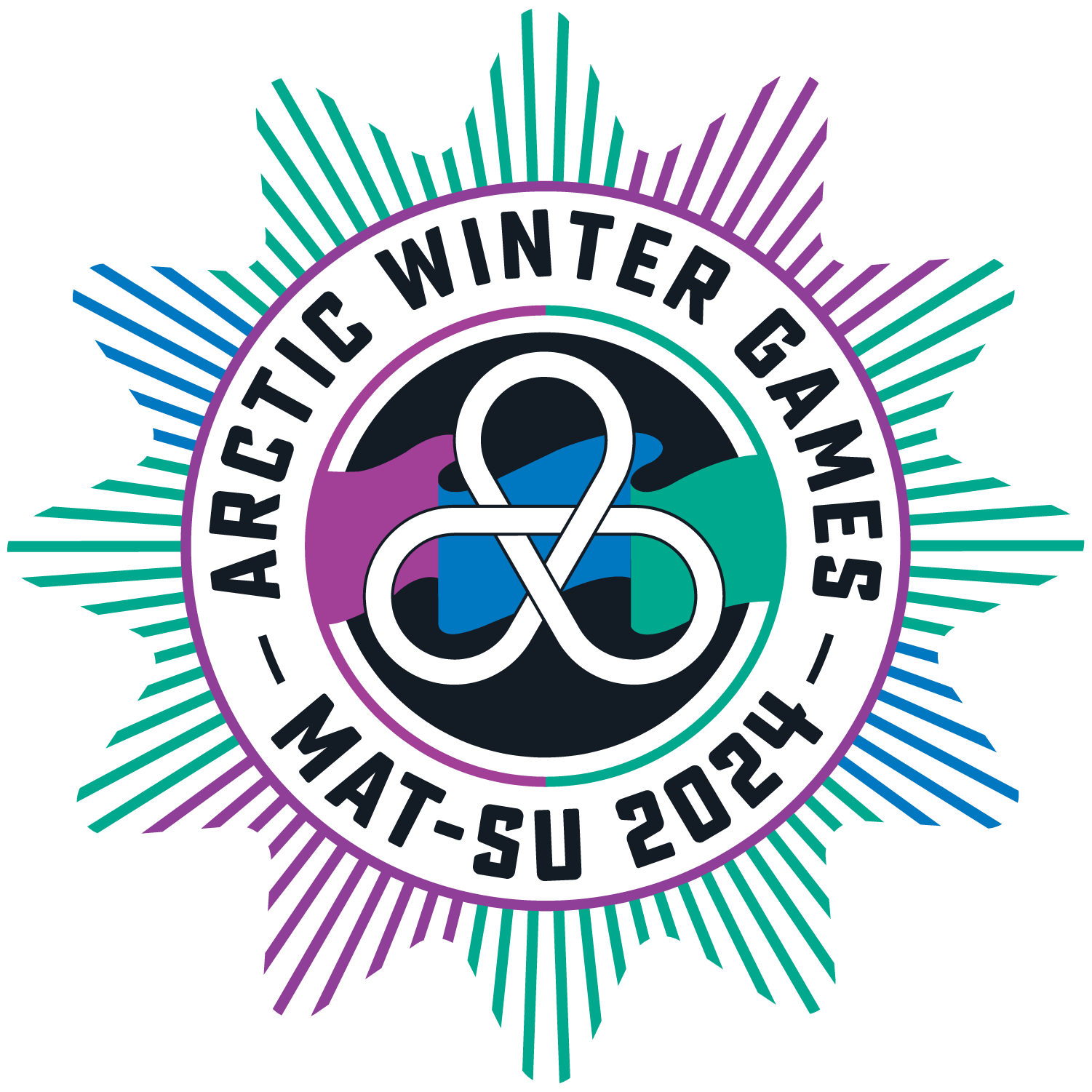How High Can You Fly at the Arctic Winter Games 2024?
- Sean Reilly
- Mar 16, 2024
- 3 min read
This was the question for the folks who cheered on the athletes at the Arctic Games in the Two Foot High-Kick competition on Tuesday. When the action began the mood of the crowd seemed subdued, but the pacing kept the crowd engaged.
Those competitors who were born in 2007 or later competed first, followed by open categories. The subdued crowd became more energized as an object shaped like a hacky-sack, although the size of a grapefruit, hung from a string and was raised mechanically on an aluminum frame.
As the object was moved higher in increments of two inches periodically, the challenge these athletes had ahead became more and more challenging. This of course narrowed the field!
Ultimately, there were six athletes left to compete, three in the boys category and three in the girls.
The results: Inutsiaq Rosing, from Greenland, won the gold ulu for kicking seven feet and four inches. Again from Greenland, Lars Jeremiassen took silver ulu, reaching a height of seven feet and four inches. Jordon Wills, from Team Alberta, received a bronze ulu by kicking seven feet and two inches.
In the first ever girls competition, the girls brought their enthusiasm for the sport. Randi Sigurdsen, from Team Greenland, brought home the golden ulu by kicking it into high gear and winning first place, with a kick of six feet and three inches. Second place and the silver ulu, was won by Bree Labelle, for Team Yukon. She kicked six feet and two inches. Team Alaska's athlete, Daisy Vanblarcom, was also on the podium, taking home the bronze ulu for her kick of five feet and ten inches.
When the older athletes walked out onto the field to compete for the Two foot High Kick, it felt like the temperature in the room rose. The height of the jumps ratcheted up higher and higher. The crowd became louder and louder and the athlete's passion seemed to become heightened also. Depending on which particular athlete was readying themself to run and jump the crowd could sense if they wanted complete silence or a rousing chant and cries of the bearded seal.
One very focused athlete, Colton Paul, from Team Alaska, would walk under the hanging ball and look at it intently. Then he'd walk back to the sidelines, and with a slight gesture of his hand he would signal the crowd to amp them up and also help psyche himself up to fly through the air. Then with both hands quickly pushing upward, Colton would call for the crowd to bring their best game, to help him bring his best game.
The crowd was whipped into a frenzy, with the energy reverberating across the field. Colton ran across the floor and as his feet left the ground he flew upward and upward, higher than anyone's living room ceiling. His foot contacted the Hacky-sack and he stuck his landing like a seasoned gymnast on the beam. People were screaming, applauding, and some were even crying for joy!
Colton Paul, from Team Alaska had taken the gold and first place and had flown to the height of eight feet and six inches. Nipping at his heels, Parker Kenick had flown through the air to a height of eight feet four inches and he had made it seem effortless! Rounding out the podium, Kyle Worl, of Team Alaska, was also a high flier; he reached seven feet and eight inches, gaining him third place and a bronze ulu. It was a clean sweep for Team Alaska’s men.
The women's competition brought great energy, from both the crowd and the athletes. It was Danika Taylor, who took the gold for Team Nunavut with a height of six feet and two inches. Second place went to Ali Johnston, of Team Alaska, with a height of six feet. The bronze ulu went to Deseray Cumberbatch of Team Quebec, with a kick of five feet and eight inches.
We truly had some high flyers in the house!
